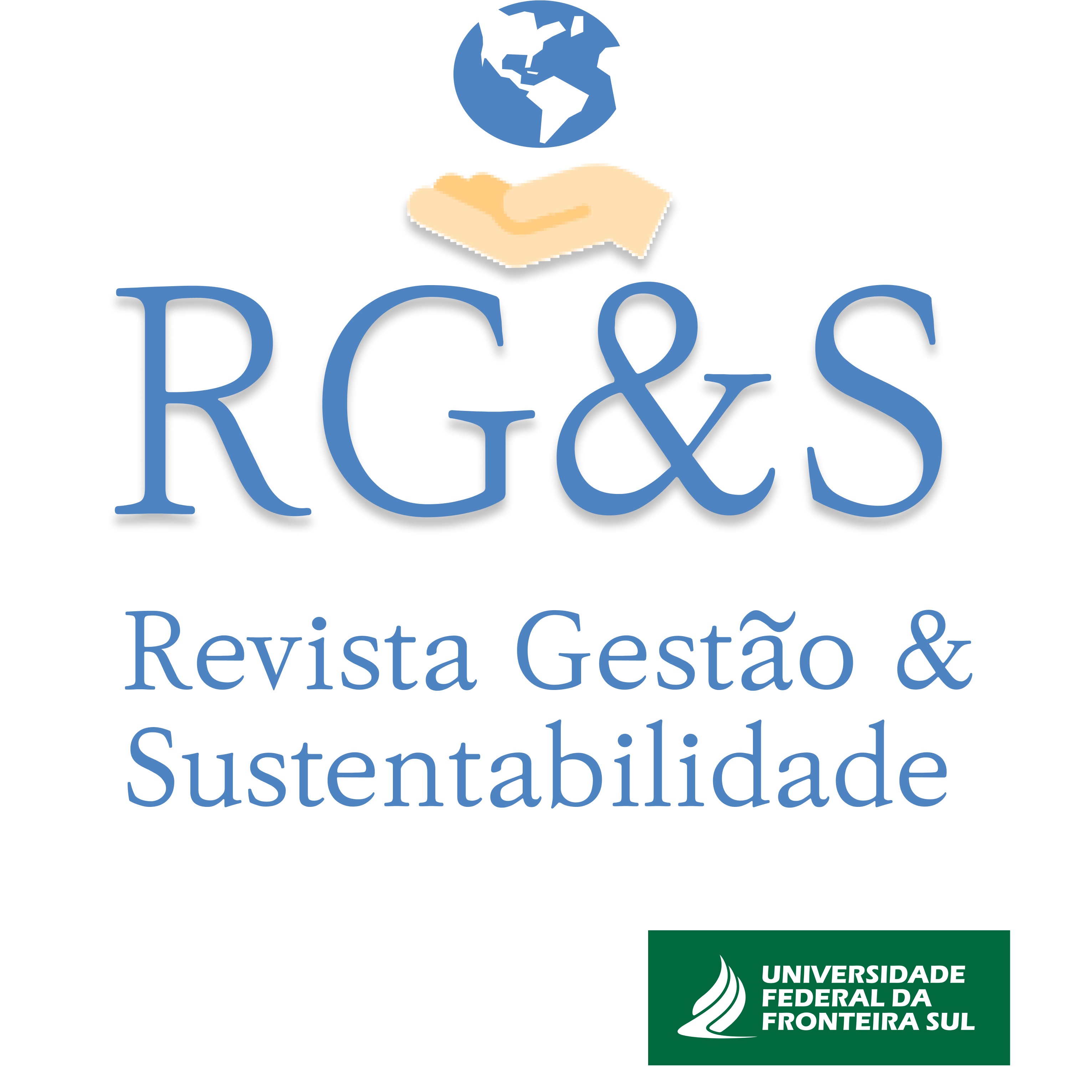Kinetic study of triclosan biodegradation in synthetic wastewater using activated carbon as support in batch reactor
DOI:
https://doi.org/10.36661/2596-142X.2023v5n1.14272Keywords:
Contaminantes emergentes, Biorreator, Cinética de Michaelis-Mentes, EfluenteAbstract
In the present work evoluated, the removal of triclosan in aqueous solution was evaluated by applying a system containing biofilm in a batch reactor. The support used was coconut shell-activated carbon with a particle size of 8-12 mesh. The evaluated concentrations of triclosan were: 5.62 ± 0.01, 9.34 ± 0.66, and 14.37 ± 0.88 mg L-1, with initial pH in the range of 6.7 - 7.07 and agitation speed of 150 rpm. The results showed that the amount of biomass adhered to the support was 8.29 mg gsuport-1, reaching 100% removal of triclosan in 100 min of contact time for the concentration of 14.37 ± 0.88 mg L-1 and 45 min for the other concentrations studied. Regarding the kinetic parameters obtained through the Michaelis-Menten kinetic model, the value of the half saturation constant relative to triclosan (KA) indicated a higher affinity for the effluent at higher concentration. The degradation rate (avRma) was higher for the lower concentrations. The results indicate that the process of biodegradation of triclosan an aqueous solution using activated carbon as biomass support is feasible and can be applied for effluents containing this emerging contaminant.
Downloads
Downloads
Published
Issue
Section
License
-
O(s) autor(es) autoriza(m) a publicação do artigo na revista;
-
O(s) autor(es) atesta (m) que a contribuição é original e inédita e que não está em processo de avaliação em outra(s) revista(s);
-
A revista não se responsabiliza pelas opiniões, ideias e conceitos emitidos nos textos, por serem de inteira responsabilidade de seu(s) autor(es);
-
É reservado aos editores o direito de proceder ajustes textuais e de adequação do artigo às normas da publicação;
-
Autores mantêm os direitos autorais e concedem à revista o direito de primeira publicação, com o trabalho simultaneamente licenciado sob a Creative Commons Atribuição 4.0 Não Adaptada, que permite o compartilhamento do trabalho com reconhecimento da autoria e publicação inicial nesta revista














